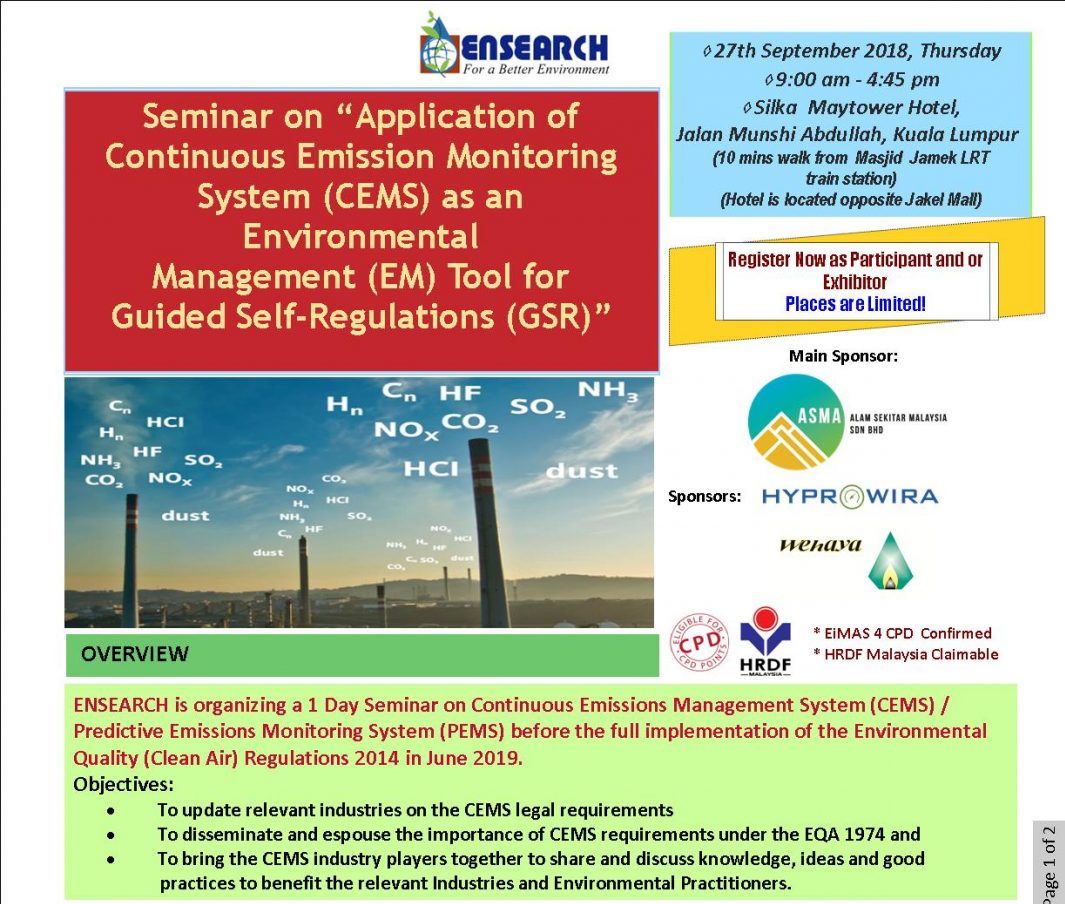Gas analyzer is an instrument or tool used to measure the proportion and composition of a combined gas. The function of the gas analyzer is to monitor exhaust emissions from CO, CO2, UHC, and NOX by measuring emissions continuously. One example of the use of a gas analyzer is the feasibility test of a vehicle to be used to drive on the highway. Vehicles must first pass the exhaust emissions test so as not to pollute the air and damage the ozone layer. The following explains how to use a gas analyzer!
1. Gas Analyzer Function
Before getting into how to use a gas analyzer, you must first know the various functions of a gas analyzer in everyday life. Generally, industries involving gas will use this tool for testing. Some of the functions of a gas analyzer include:
1. Helps adjust the air and fuel mixture appropriately.
2. Knowing the effectiveness of the fuel combustion process in the engine. You do this by analyzing the content of hydrocarbons (HC) and carbon monoxide (CO) contained in the flue gas.
3. Get certainty the performance of the vehicle engine used, whether in prime condition or not.
4. Emission tests to save vehicle fuel, maintain optimal engine power, and create a healthy environment with clean air.
5. Knowing the damage to the engine of the vehicle.
6. Measuring the level of vehicle exhaust emissions.
2. Working Principle of Gas Analyzer
The gas analyzer works by taking a gas sample from a probe, then goes into each cell sample. The gas sample will then be compared to the standard gas that passes through the system's transmission. The result is a difference in wavelength to be converted into an analog signal by the receiver. If an error occurs, the gas analyzer will be re-adjusted via the control panel. This working principle is applied to the measurement of air gas emissions in vehicle engines, namely HC, CO2, O2, and CO.
3. How to Use a Gas Analyzer
After you know the functions and working principles, now go to the section on how to use a gas analyzer. The procedure is as follows:
1. Insert the probe hose into the INLET section.
2. Plug in the power cord and connect it to a power source. After that, press the ON button on the power to start turning on.
3. Wait for the tool to sound and the AFR section to display the TEST on the display. When 6 displays show changing numbers, wait until the numbers on the AFR display show the number 0.
4. While waiting, you can start the vehicle and gas until the speed becomes 2000 rpm for 1-2 minutes.
5. When the AFR has shown the number 0, then how to use the gas analyzer can be started. Connect the probe hose to the probe, then insert the probe into the exhaust of the vehicle to be tested.
6. Press MEAS / ENT and wait for the number on the display to stabilize.
7. When the number is stable, press the Hold Print button twice.
8. Enter the vehicle police number as the identity of the vehicle to be tested on the flashing O2 display.
9. Print the measurement results by pressing the Hold Print button once.
10. Calibrate the device by pressing the ESC / Stand By button.
You can try using the gas analyzer above when you are testing a vehicle's emissions. If you don't currently have a gas analyzer, you can get the product at Hyprowira. We have a gas analyzer from Weel and Sandvig that uses alternative methods of Predictive Emission Monitoring (PEMS) for continuous emission measurement.
The advantages of PEMS are its more affordable purchase price, low maintenance costs, high level of data validity, and longer usage time. Immediately get a gas analyzer with the PEMS method made by Weel and Sandvig at Hyprowira!



